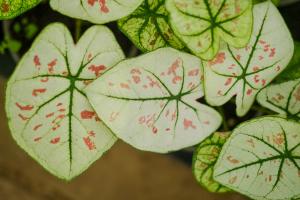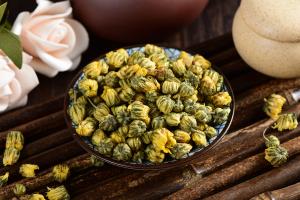Introduction
The elephant ear plant, also known as Colocasia, is a large tropical plant that is prized for its ornamental appearance. It has large, green, heart-shaped leaves that are often variegated with shades of white or yellow. One question that many people have when caring for their elephant ear plant is how often it should be watered. In this article, we will provide you with some tips on how to determine the watering needs of your elephant ear plant.
Factors Affecting Watering Needs
Before we can answer the question of how often to water an elephant ear plant, it is important to understand the factors that can affect its watering needs. The most important factor is the environment in which the plant is growing. Elephant ear plants thrive in warm, humid conditions, so if you live in an area with dry air or if you keep your plant indoors with air conditioning, you may need to water it more frequently than if it is outside in a tropical climate. Another factor to consider is the size of the plant and the pot it is in. Larger plants and pots will require more frequent watering than smaller ones.
Watering Frequency Guidelines
While the watering needs of your elephant ear plant will depend on a variety of factors, there are some general guidelines you can follow to make sure you are providing it with the right amount of water. In general, elephant ear plants should be watered when the top inch of soil feels dry to the touch. This could be anywhere from once a week to once every few weeks, depending on the factors we mentioned earlier.
If you are unsure whether your plant needs water, you can also check the leaves for signs of dehydration. If the leaves start to wilt, this is a sign that the plant is not getting enough water. However, if the leaves turn yellow or develop brown spots, this is a sign that the plant is being over-watered.
Watering Techniques
When it comes to watering your elephant ear plant, there are a few things to keep in mind to ensure that you are doing it correctly. First, be sure to water the soil and not the leaves of the plant. This will help prevent fungal diseases from developing on the leaves. Second, make sure to use room temperature water as cold water can shock the plant’s roots. Lastly, water the plant thoroughly to ensure that the soil is evenly moistened.
Another technique you can use to keep your elephant ear plant hydrated is to mist it with water. This can be especially helpful if you live in a very dry climate or if you keep your plant indoors with air conditioning. Misting the leaves will provide additional moisture to the plant and help keep it healthy.
Conclusion
The watering needs of your elephant ear plant will depend on a variety of factors, but by following the guidelines we have provided in this article, you should be able to determine the right watering frequency for your plant. Remember to water the soil, not the leaves, use room temperature water, and mist the plant if needed. With proper watering, your elephant ear plant will thrive and provide years of beauty and enjoyment.

 how many times do yo...
how many times do yo... how many planted tre...
how many planted tre... how many pine trees ...
how many pine trees ... how many pecan trees...
how many pecan trees... how many plants comp...
how many plants comp... how many plants can ...
how many plants can ... how many plants and ...
how many plants and ... how many pepper plan...
how many pepper plan...
































